
Observation decks like the one on top of the Willis Tower in Chicago and the Edge in New York City offer huge skyline views — and huge revenue.
While Detroit doesn’t have a sky-high vantage point like that currently, it could get one in the coming years under a proposed redevelopment of the Renaissance Center.
Observation decks are popular in New York City — the Big Apple has five, with three added in just the last 10 years or so — and in Chicago, Shanghai and Tokyo, Toronto and Kuala Lumpur, among other major cities.
A family could shell out hundreds of dollars for tickets to dedicated spaces overlooking those cities and dozens of others around the world.
But observation decks are far more than just gimmicks luring tourists hundreds or even more than 1,000 feet into the air. They can be complex — and lucrative — revenue plays that have been growing in number after developers and landlords got a clearer picture of just how much money they could rake in.
And with the COVID-19 pandemic still flummoxing the office market, healthy revenue streams like those from observation decks can be lifelines.
“Given the fixed nature of operating expenses, profit margins in the instance of strong tickets sales can be extraordinary,” said Michael Gilbane, an executive vice president at megadeveloper Related Cos., who oversaw construction of the Edge, the triangular observation deck 1,131 feet in the air jutting 80 feet out from the 30 Hudson Yards primarily office skyscraper in New York City.
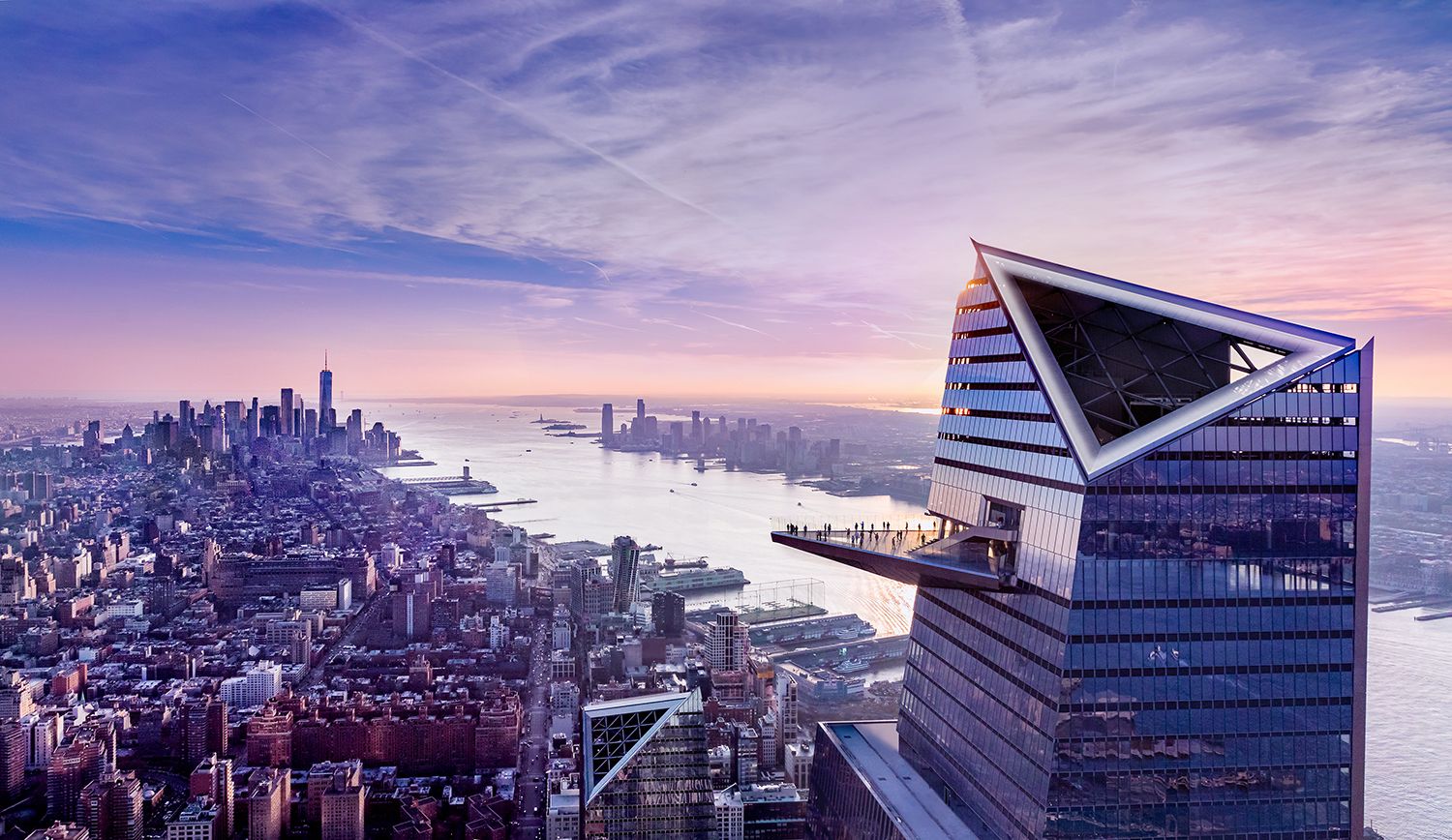
To be sure, there are venues where you can score a good view of downtown Detroit and the surrounding neighborhoods.
Of course, the Highlands space on the 71st and 72nd floors of the RenCen is still a destination. The Monarch Club bar offers Instagram-worthy opportunities to photograph downtown from the 13th story of the former Metropolitan Building, which is now a hotel. New high rises like the 20-story Huntington Bank building on Woodward and the 25-story Residences at Water Square along the Detroit River have dedicated rooftop spaces, although you can’t just buy a ticket to those and go on up. Ditto the One Campus Martius addition. Just to name a few.
But none are dedicated observation decks.
“If you’ve ever been to the top of the Freedom Tower or the Sears Tower, now the Willis Tower, the top floor, you have exhibits about the city, you have the (binoculars),” Jared Fleisher, vice president of government affairs for Dan Gilbert’s Rocket Companies Inc., told Crain’s earlier this month following a panel discussion. “It’s something that families love, that people love. Anybody can come up and have the best view of their city.”
The new RenCen redevelopment salvo isn’t the first time Gilbert, through his Bedrock LLC real estate company, has proposed an observation deck in Detroit. One was slated for the top of what is now called the Hudson’s Detroit building but was scrapped because it would have required a dedicated elevator, taking up too much building space when also paired with a hotel elevator and residential elevator.
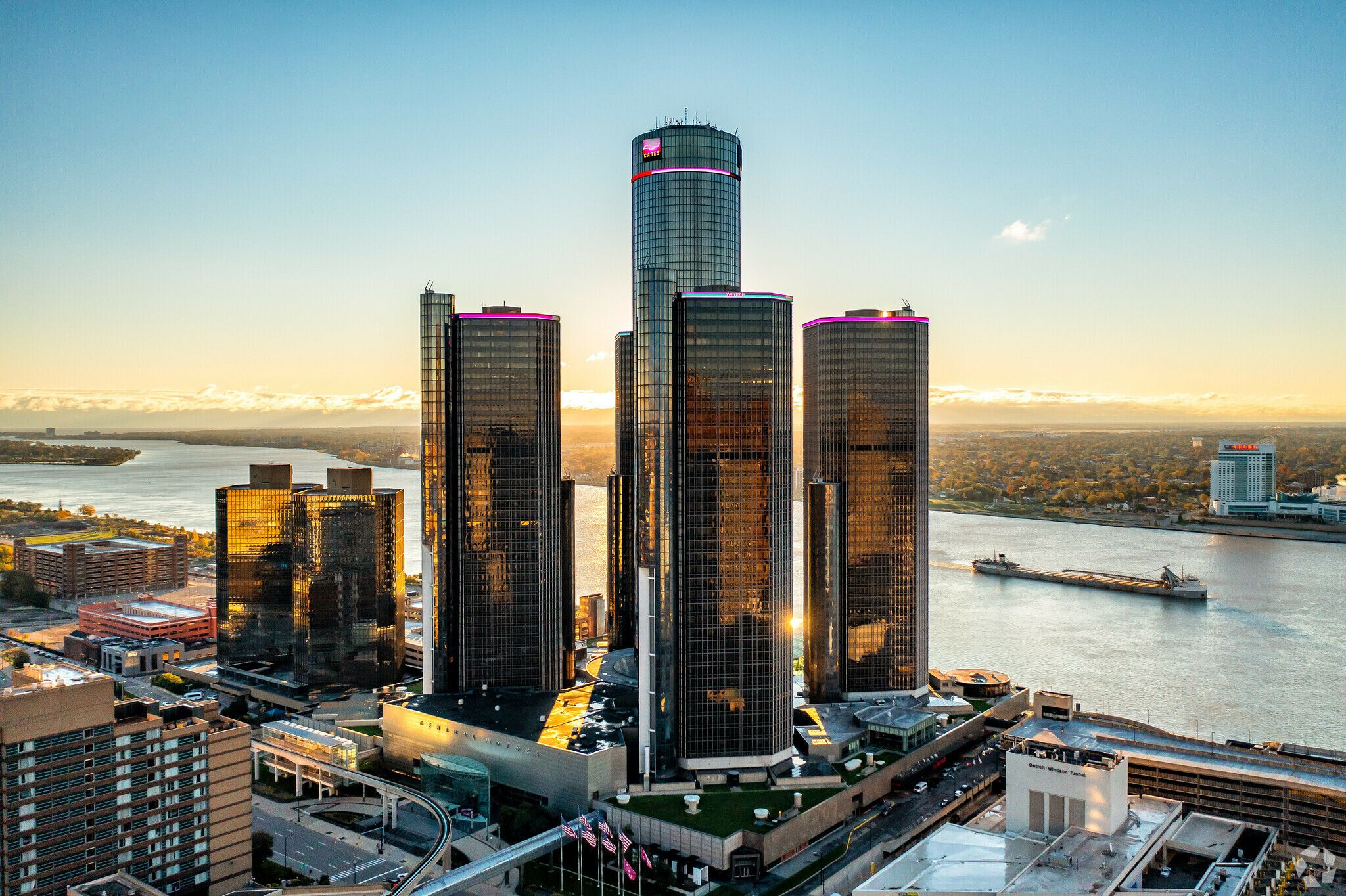
Now, Bedrock and General Motors Co. — which owns the main five-building RenCen complex — are pitching an observation deck on top of the central Marriott tower as a part of their redevelopment plans as GM departs the building. The overall vision, which leans on public subsidies, calls for the demolition of two office towers and the creation of new park space along the Detroit River.
Bedrock did not make an executive available for an interview for details on the proposal, but sent a statement from CEO Kofi Bonner saying the company is in the “preliminary planning phase” on the observation deck, which it said “would be another exciting community asset incorporated into the redevelopment vision for the Renaissance Center site.”
If it comes to fruition, it could offer a unique perspective on the region that put the world on wheels.
“Most people’s view of a city is from about eye height or perhaps from one to two stories above the ground,” said Dan Pitera, dean of the University of Detroit Mercy School of Architecture & Community Development.
“The interesting thing about an elevated observation deck is that it provides a unique view of the city and neighborhood that is rarely seen by most people who live in or visit the area. Given the Renaissance Center’s adjacency to Canada, the view is even more unique, as it would show Detroit south of Windsor,” Pitera said.
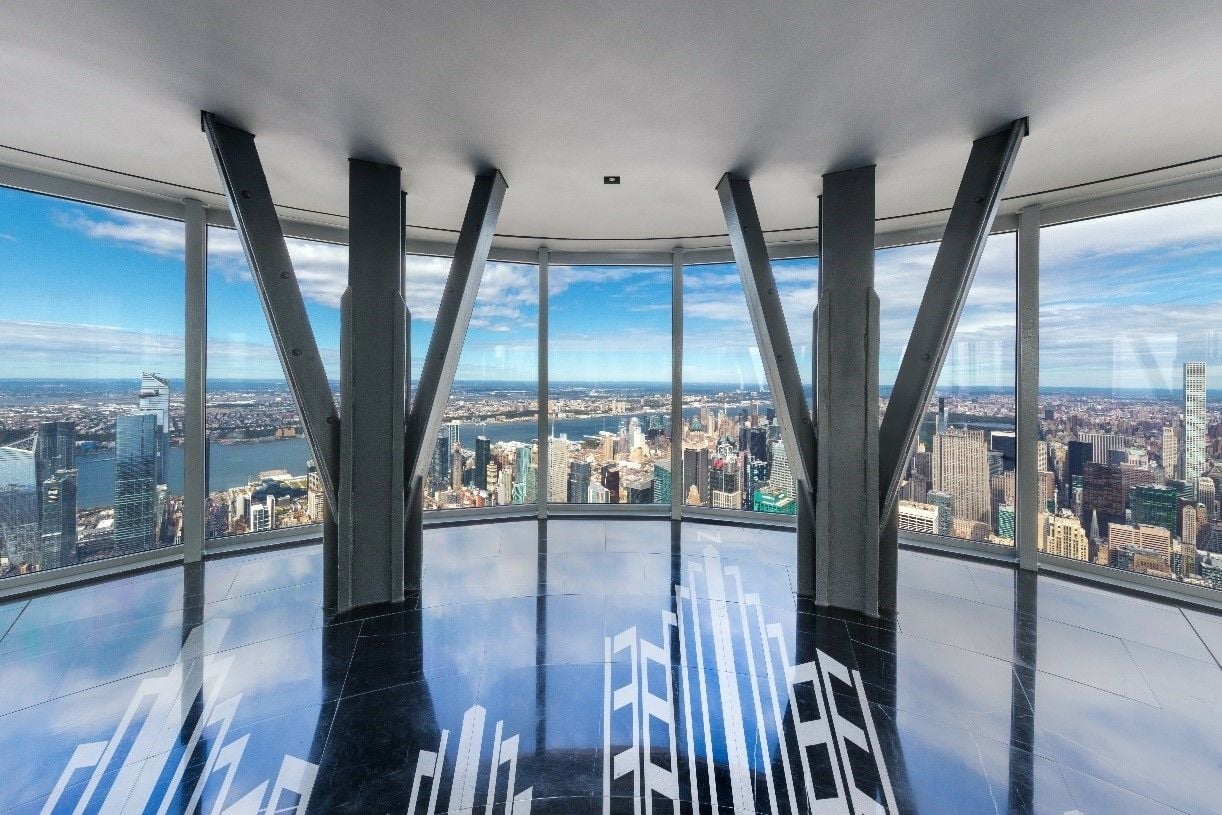
Observation decks can be figurative licenses to print money, and developers have been pouncing.
A key moment came a little over a decade ago, when Empire State Realty Trust Inc., the owner of the Empire State Building, went public as a real estate investment trust, or REIT, and revealed in its prospectus that its two observatories — one on the 86th and another on the 102nd floor — generated huge revenue figures.
CNN reported in 2013 that the prior year, the observation decks generated $92 million, or some 40% of the skyscraper’s revenue.
Those numbers caught developers’ attention immediately, said John Kim, a U.S. real estate analyst for BMO Capital Markets Corp. in New York.
“Maybe 10 years ago, we would have been like, ‘Why are you doing this? What are the economics,'” Kim said. “Now I think within the public REIT world, we’re all more comfortable with how attractive it is. It’s great, not only from an economic point of view but it’s also good for the building, too. It raises the prominence of the building.”
Terri Meyer Boake, a full professor in the School of Architecture at the University of Waterloo in Ontario who has studied and written about observation decks for years, said that anecdotally, those features “make more per square foot than on the other parts of the building” such as office and retail space.
“They’re really lucrative. If they’re busy, they’re really lucrative,” Meyer Boake said.
Last year, the two Empire State Building observatories brought in $99.5 million in net operating income, a 5.8% increase from 2023, on $136.4 million in revenue and $36.8 million in expenses, and Empire State Realty expects $97 million to $102 million in net operating income this year.
It’s revenue figures like that that led Kim to value the Empire State Building observatories at a whopping $1.7 billion, or some $20,435 per square foot, Crain’s New York Business, sister publication of Crain’s Detroit, reported in 2024.
The popularity of those decks has even prompted Empire State Realty Trust to implement surge pricing, where the cost of a ticket would increase dynamically as demand does, according to Crain’s New York. Tickets are already $73 for children, $77 for a senior and $79 for an adult, and they increase to over $90 for an adult at sunset.
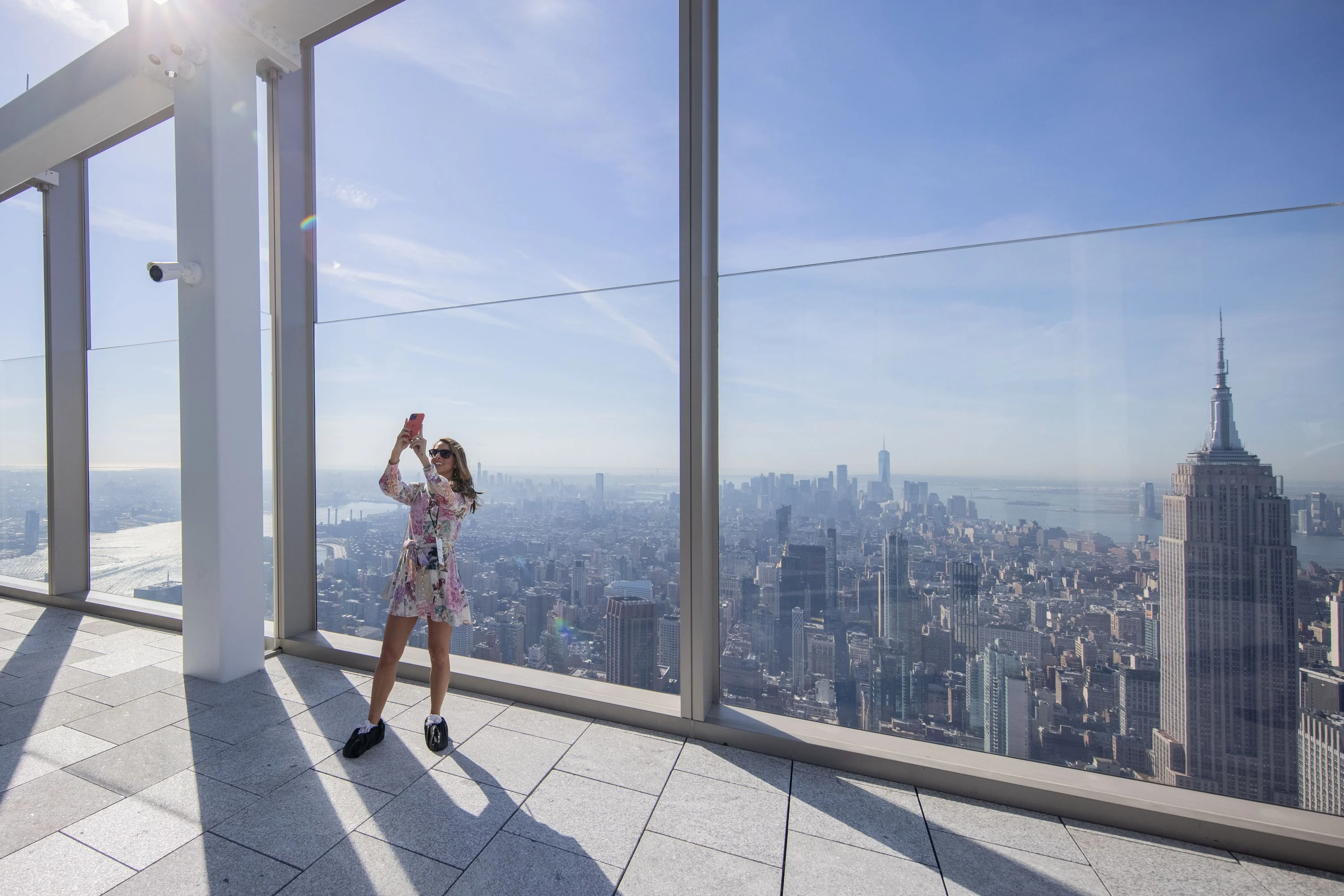
The 1,020-foot Summit observation deck in Manhattan at the One Vanderbilt office tower, owned by SL Green Realty Corp., pulled in $133.2 million in revenue in 2024, up from $118.3 million in 2023. Operating expenses were $111.7 million last year, and $101.2 million in 2023, according to SL Green Realty filings with the U.S. Securities and Exchange Commission.
And according to CoStar News, a division of Washington, D.C.-based real estate information service CoStar Group Inc., SL Green is looking to expand the Summit concept, which launched in late 2021, to cities around the world, potentially including London, Paris and Tokyo.
Elsewhere in New York, at 30 Hudson Yards, the KKR & Co. Inc. private equity and investment firm paid more than $500 million for a majority stake in the Edge, the observation deck there, according to The Real Deal, a national commercial real estate publication.
It’s not just tickets for admissions that drive revenue.
In 2022, Barron’s reported that observation deck owners offer a variety of bells and whistles — for a price, of course. The deck at One World Trade offers fine dining off a prix fixe menu, for example. Want to rent private event space there? That’ll cost $25,000 to $30,000 to start. At the Empire State Building observatories, $1,000 will get you a VIP proposal package for you and your partner.
For a RenCen observation deck to succeed, it would likely have to offer more than just a view, Kim said.
“It has to be more than that,” Kim said. “Especially because of social media, people know that if you go into an observation deck, it’s more than just the sight.”
Meyer Boake agreed.
“There’s got to be something there that is going to get people to want to come,” she said.
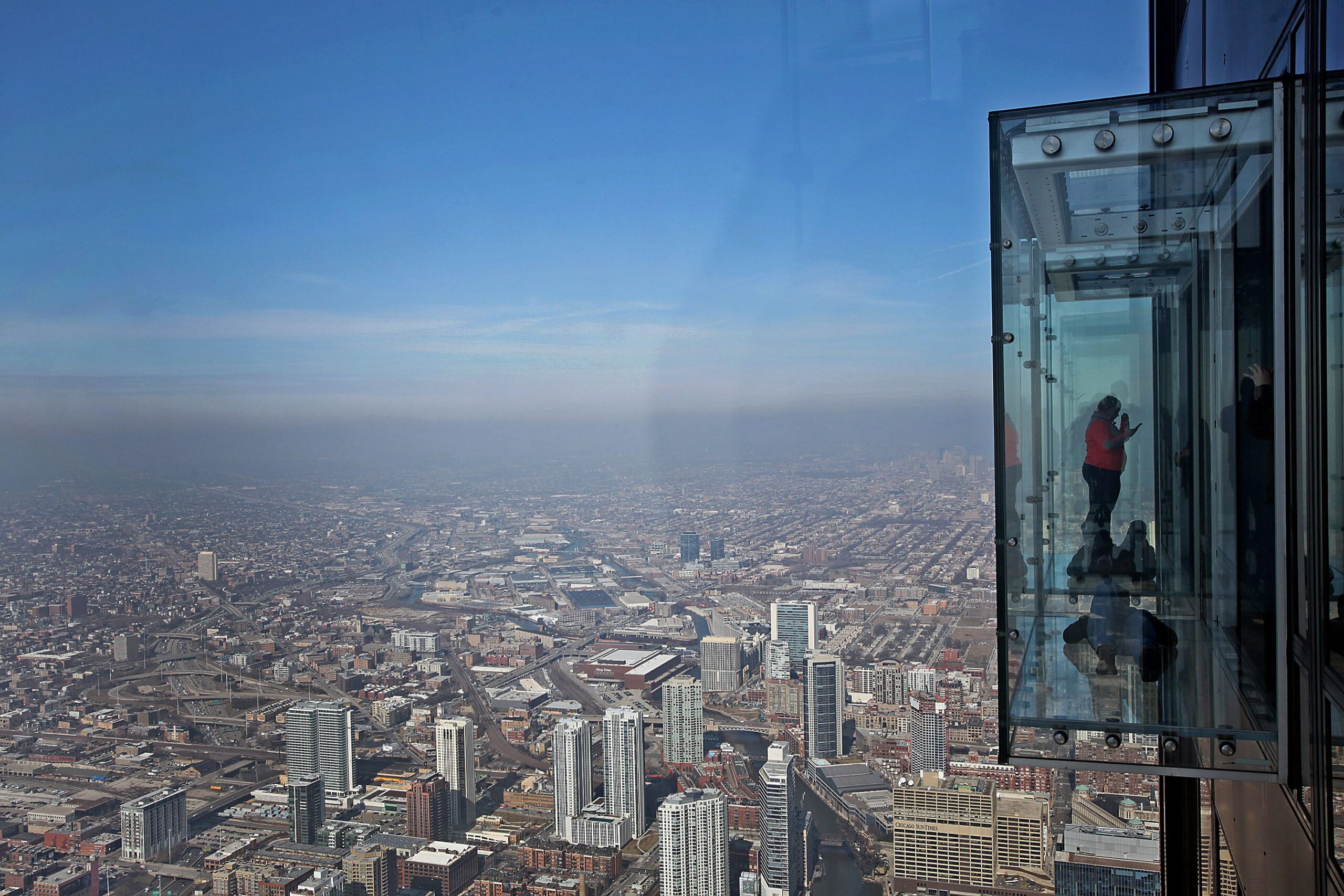
It’s not known how an observation deck would be incorporated into the RenCen, although the possibilities are multiple.
But it would certainly be more complicated than just emptying a high-up floor and charging for admission.
Observation decks can be deceptively complex, and their design is key to how well they achieve their primary goal: Providing breath-taking views to those shelling out money for them and, for the owners, pocketing as much of that money as possible.
That’s according an article by Meyer Boake, the University of Waterloo professor in Ontario, who detailed some of the ways in which observation decks fail in that regard in a 2023 issue of the Council on Tall Buildings and Urban Habitats Journal.
For instance, higher up is not always better, Meyer Boake writes. That’s because at a certain distance from the ground, characteristics of the surrounding area — like neighborhoods, other buildings and landmarks — are less discernable.

This would likely be less of a consideration in Detroit, as the city does not have what the Council on Tall Buildings and Urban Habitat describe as a “supertall” skyscraper — one that’s 984-1,967 feet — or a “megatall” skyscraper, which is 1,968 feet and above.
While the RenCen is the tallest building in the state, its central tower is 727 feet tall — modest by the standards in some major cities.
Also a factor: the type of glass used. According to Meyer Boake, vertical glass — such as at the Renaissance Center — tends to create reflections more than sloped glass, making the attendees’ practically requisite Instagram photos more difficult to capture. After all, no one wants their pics from high up to be marred by a reflection.
What other revenue generators are there in the deck? How will it perform in nasty weather or with haze? If it’s an open-air deck, what type of fall protection will be used that also won’t hinder those all-important photographs? How will elevators be used to get people to the deck and back down without interfering with the building’s other uses? How will essentials like bathrooms be incorporated?
Those are just a few of the things Bedrock will need to consider.
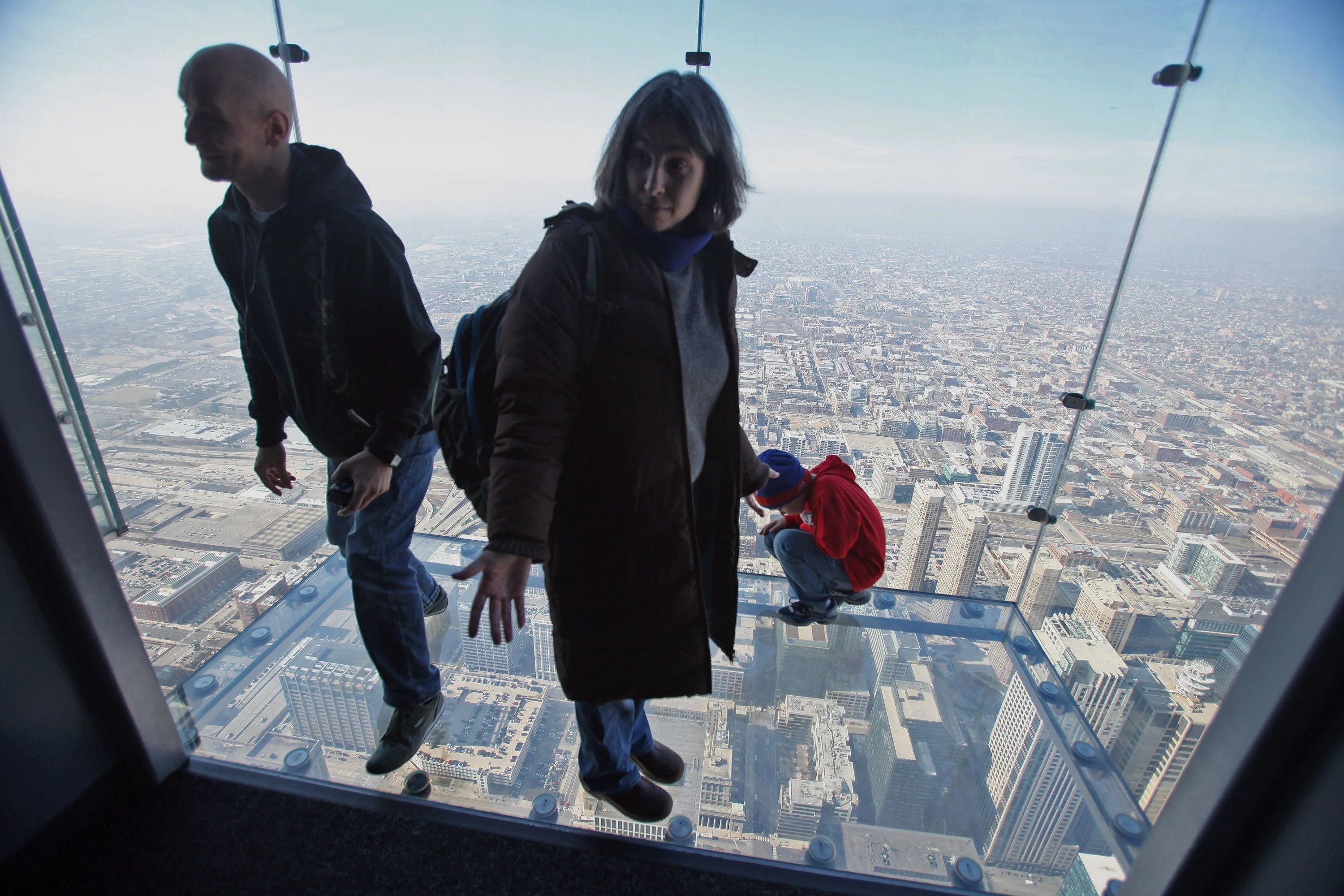
There’s also the question of whether an observation deck in Detroit makes sense in the first place.
After all, Detroit is not New York, Chicago, Shanghai, Tokyo, Toronto or Kuala Lumpur. To be sure, its tourism industry — a key demographic for other observation decks — has received an adrenaline shot the last five to 10 years, and the NFL Draft last year shattered previous attendance records.
The city’s reputation has changed the last decade or so, even if its skyline generally hasn’t.
But can the curiosity of not only locals but also visitors economically sustain an observation deck in Detroit?
Most experts said yes. With a caveat.
It has to be more than just the observation deck, said Kim, the BMO analyst.
“It’s how it’s integrated with the indoor experience, or the elevator ride up,” Kim said. “It’s the total experience, and not just the view.”
Owning a home is a keystone of wealth… both financial affluence and emotional security.
Suze Orman